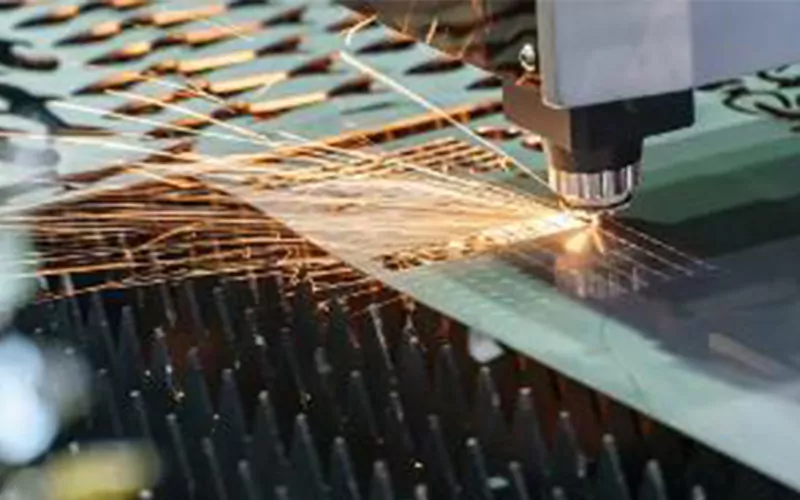Sheet metal manufacturing has come a long way since its humble beginnings in handcraftsmanship. Over the years, advancements in technology and techniques have revolutionized the industry, leading to increased efficiency, precision, and versatility. In this article, we will explore the fascinating journey of sheet metal manufacturing, from its early days to the modern techniques that have shaped the industry today.
The Early Days: Handcraftsmanship
In the early days of sheet metal manufacturing, craftsmen relied solely on their skills and manual tools to shape and manipulate metal sheets. This labor-intensive process required immense precision and attention to detail. Each piece was meticulously crafted by hand, resulting in unique and often intricate designs. However, this method was time-consuming and limited in terms of production capacity.
One of the key techniques used during this period was hammering. Craftsmen would use hammers and anvils to shape the metal sheets, carefully molding them into desired forms. This technique required great skill and strength, as the metal had to be hammered repeatedly to achieve the desired shape and thickness.
The Industrial Revolution: Machinery Takes Over
The advent of the Industrial Revolution brought about significant changes in sheet metal manufacturing. With the introduction of machinery, the process became faster, more efficient, and less reliant on manual labor. This marked a major turning point in the evolution of the industry.
One of the key innovations during this period was the invention of the rolling mill. This machine allowed for the mass production of metal sheets by passing them through a series of rollers, gradually reducing their thickness and increasing their length. This automated process revolutionized the industry, making sheet metal more accessible and affordable.
The Rise of Modern Techniques
As technology continued to advance, so did the techniques used in sheet metal manufacturing. Today, modern techniques such as laser cutting, CNC machining, and 3D printing have transformed the industry, offering unprecedented precision and versatility.
Laser cutting, for example, uses a high-powered laser beam to cut through metal sheets with incredible accuracy. This technique allows for complex designs and intricate patterns to be achieved with ease. CNC machining, on the other hand, utilizes computer-controlled machines to precisely shape and form metal sheets according to specific designs. This automated process ensures consistency and eliminates human error.
Another groundbreaking technique is 3D printing, which has opened up new possibilities in sheet metal manufacturing. This additive manufacturing process allows for the creation of complex geometries and customized designs that were previously difficult to achieve. With 3D printing, sheet metal manufacturers can now produce highly intricate and unique pieces with ease.
The Future of Sheet Metal Manufacturing
The evolution of sheet metal manufacturing is far from over. As technology continues to advance at a rapid pace, we can expect to see even more innovative techniques and processes emerge in the future. From advancements in automation and robotics to the integration of artificial intelligence, the possibilities are endless.
One area that holds great promise is the use of nanotechnology in sheet metal manufacturing. By manipulating materials at the atomic and molecular level, researchers are exploring ways to enhance the strength, durability, and performance of sheet metal. This could lead to the development of lighter and more efficient products, revolutionizing industries such as aerospace and automotive.
In conclusion, the evolution of sheet metal manufacturing from handcraftsmanship to modern techniques has been a remarkable journey. From the labor-intensive methods of the past to the highly automated processes of today, the industry has undergone significant transformations. As technology continues to advance, we can only imagine what the future holds for sheet metal manufacturing.
